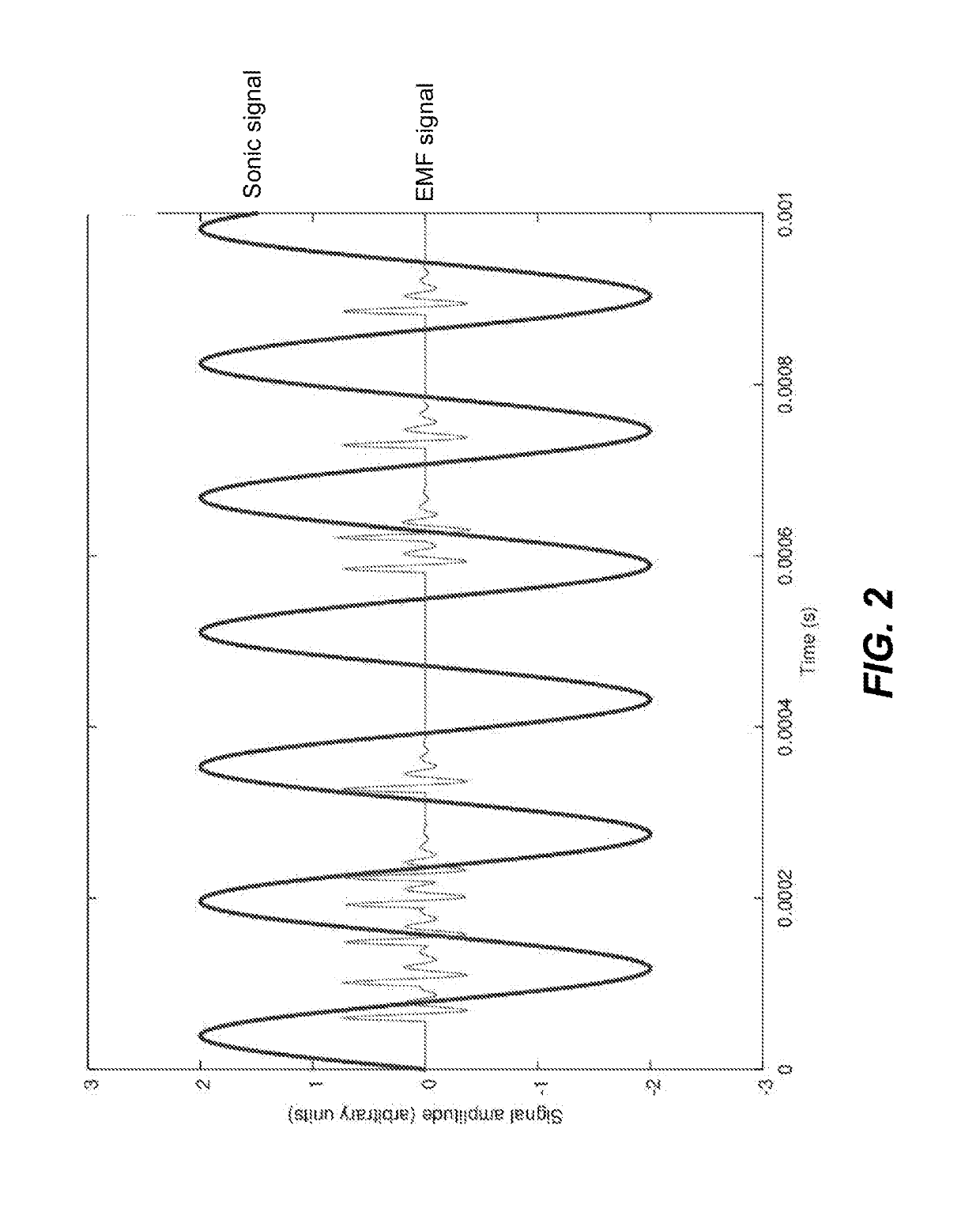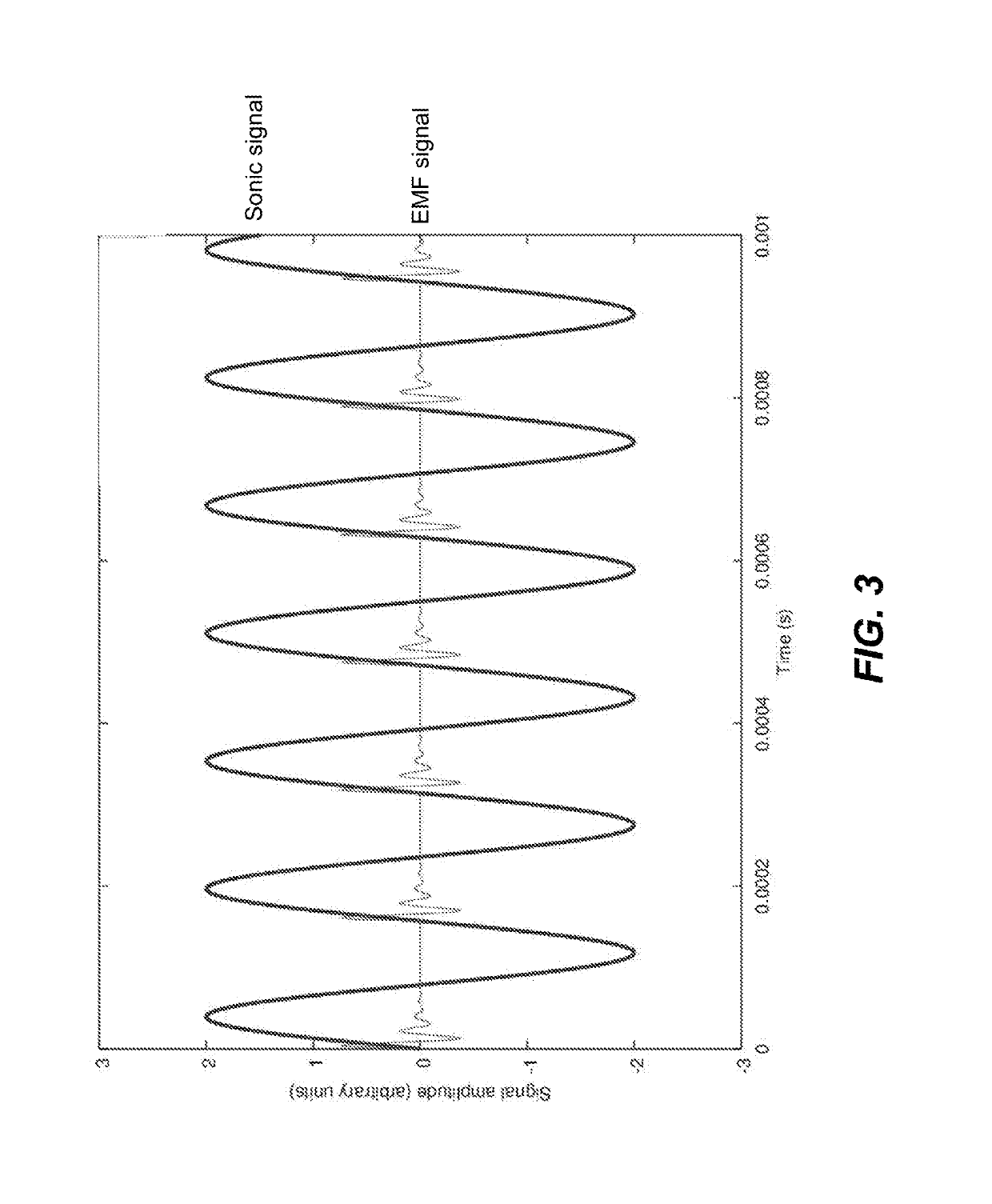Fluid treatment systems and methods of using the same
- Summary
- Abstract
- Description
- Claims
- Application Information
AI Technical Summary
Benefits of technology
Problems solved by technology
Method used
Image
Examples
example 1
[0145]A large scale AWG platform includes a plurality of small AWG units and a plurality of large AWG units. The small AWG units are efficient at high humidity levels (e.g., 80% or better relative humidity), but are vow inefficient at low humidity levels (e.g., below 50% relative humidity). The large AWG units are not as efficient at high humidity as the small units, but can generate appreciable amounts of water at a relative humidity lower than 50%. In such case, the control system may operate the large units continuously in order to base-load the generation of water, while activating the small units when the humidity exceeds 50% to gain the advantage of their efficiency at this point. Depending on several factors (e.g., power costs, etc.), the control system may activate the small units when the humidity exceeds 80%. By utilizing a combination of AWG units, the control system is able to maximize the generation of water while minimizing the energy required, as compared to using str...
example 2
[0160]A model was created to show the impact of the placement of a large scale AWG platform on regional weather patterns based on forecast models. The model used the existing, open-source Weather Research and Forecasting 3.0 (WRF) program, which was developed over several, years to model and predict the behavior of the atmosphere from the Earth's surface (including the Planetary Boundary Layer) and through the troposphere and higher elevations based on historical and current weather and geographic data, and is maintained by the National. Center for Atmosphere Research. The model was used to simulate the weather patterns over the southern United States, using a 100×100 grid with 10 km spacing. Initial conditions for weather data were taken from the National Weather Service.
[0161]The base case represents the NLA and was calculated using weather with initial conditions and forecasting 48 hours in the future, with time increments of 30 seconds. The modified cases, with the large scale A...
PUM
 Login to View More
Login to View More Abstract
Description
Claims
Application Information
 Login to View More
Login to View More - R&D
- Intellectual Property
- Life Sciences
- Materials
- Tech Scout
- Unparalleled Data Quality
- Higher Quality Content
- 60% Fewer Hallucinations
Browse by: Latest US Patents, China's latest patents, Technical Efficacy Thesaurus, Application Domain, Technology Topic, Popular Technical Reports.
© 2025 PatSnap. All rights reserved.Legal|Privacy policy|Modern Slavery Act Transparency Statement|Sitemap|About US| Contact US: help@patsnap.com



